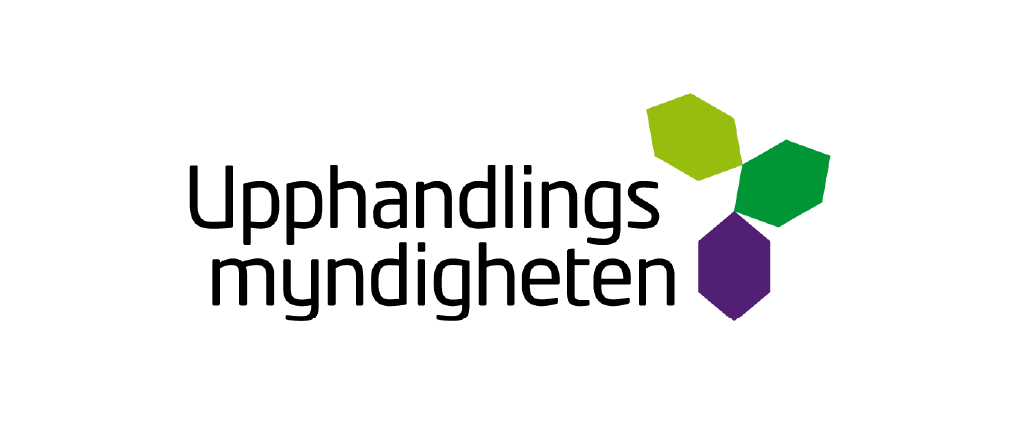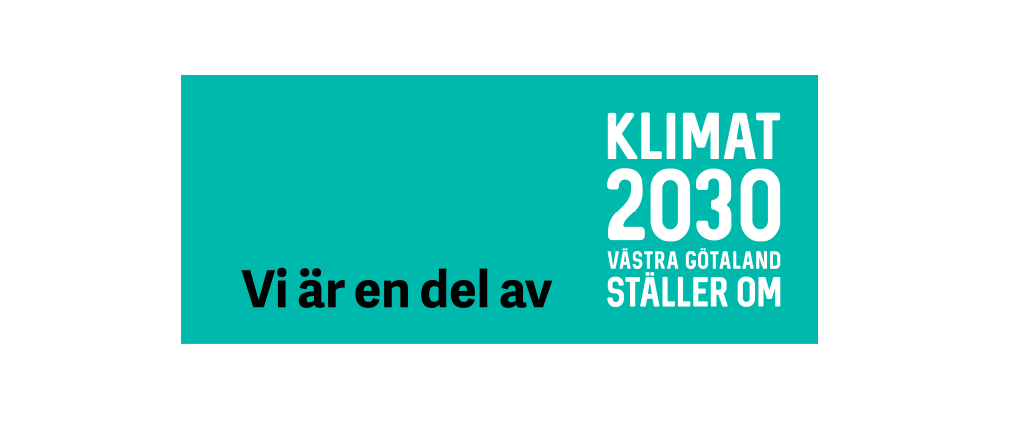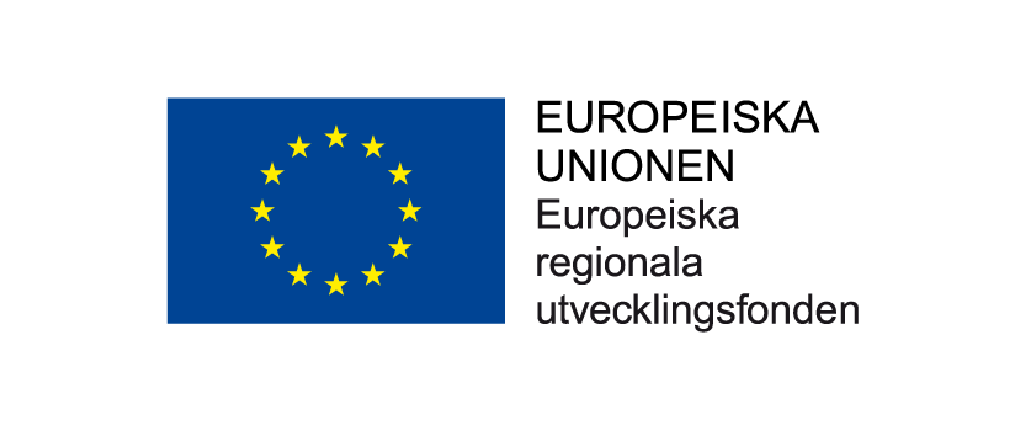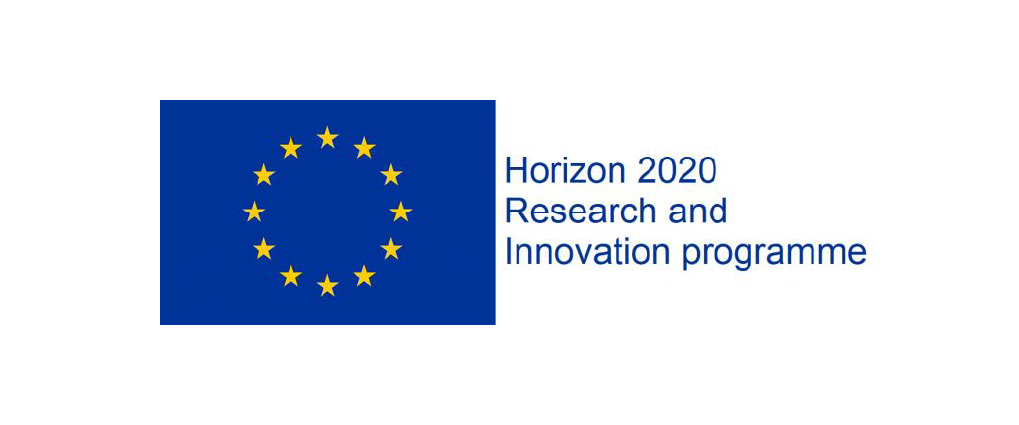Not even close to the goals – A ”snapshot” of Swedish property owners’ energy renovation plans
- Utgivare: IOP Conference Series: Earth and Environmental Science
- År: 2020
- Nummer: Volume 588, 1.01 – 1.05
- Författare: Åsa Wahlström, Karin Glader
- Typ: Konferensbidrag
A pre-requisite to reach the EU 2030 and beyond targets is a significantly increased ambition among property owners regarding energy-efficient refurbishments. The Swedish Energy Agency and the National Board of Housing, Building and Planning are on the Swedish government assignment developing a strategy with policy instruments to increase energy-efficiency oriented renovation.
In order to design the right policy instruments, deeper knowledge is needed on the potential for energy efficiency and property owners’ present actions. To gain more insight into these questions an interview study with 20 building owners, covering more than 15% of the Swedish property area of multi-family buildings, schools and offices were performed in 2016. The interviews aimed to identify how building owners reason on different energy saving levels, what level of energy efficiency they currently are realizing and what obstacles and possibilities they expect if they take further steps in energy renovation. The interviews were based on four different common packages of energy-efficiency measures defined as renovations levels: 4, 15, 30, and 50 percent respectively.
In 2019 the strategy was updated based on follow up interviews with mainly the same building owners. The interview results were used, together with assumptions of future renovation rates, in a calculation tool called HEFTIG. This tool enables long term calculation and visualization of energy-efficiency measures. Then, the present situation was compared with scenarios made in 2016 and new scenarios were developed for 2030, 2040 and 2050 for the Swedish building stock.
The result is a ”snapshot” is that the property owners’ current actions are far from the cost-efficient potential and that the potential is larger for heating than for electricity. The results also show that the energy renovation rate has to increase in the near future if the EU targets should be reached.
You find the full version of the article here.
Want to know more? Contact Karin Glader
This paper was presented at Beyond 2020





